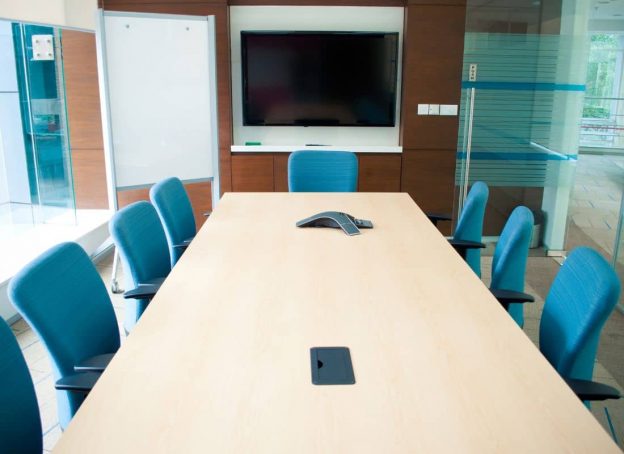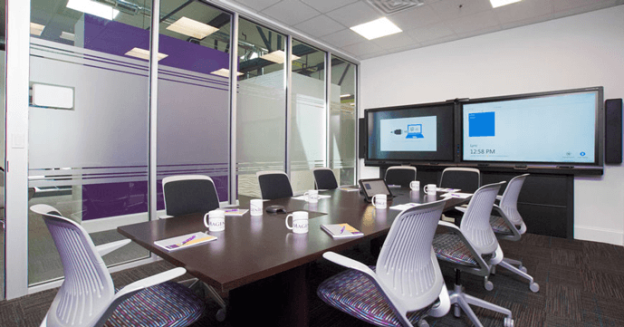Private tutoring is becoming increasingly popular in Singapore, and as a result, private tutors are often in need of a suitable space to hold their classes.
Rent a training room or rent classroom can provide a conducive environment for private tutoring sessions, and can also add to the professionalism of the tutoring service.
In this article, we will provide a guide to private tutors on how to find the right Singapore training room rental.
Benefits of Renting a Training Room for Private Tutors
Renting a training room for private tutoring can provide several benefits. Firstly, it provides a more professional image for the tutoring service.
Clients are more likely to view a tutoring service as professional and reliable if the sessions are held in a well-equipped training room or classroom. Secondly, renting a training room can provide a conducive learning environment for students.
This can help to increase the effectiveness of the tutoring sessions and also help students to focus better.
Finally, renting a training room can provide a change of environment that can help to keep students engaged and interested in the tutoring sessions.
Factors to Consider in Choosing a Training Room Rental for Private Tutors
When selecting a training room rental for private tutoring, there are several factors to consider. Firstly, location is important. Choose a location that is easily accessible to both the tutor and the students.
This helps to ensure that the tutoring sessions are not disrupted by transportation issues. Secondly, it is important to consider the size of the training room. Choose a room that can comfortably accommodate the number of students that will be attending the session.
Thirdly, facilities should be considered. Look for a training room that is well-equipped with the latest technology such as projectors, whiteboards, and sound systems.
This helps to ensure that the tutoring sessions are conducted without any technical hitches. Fourthly, it is important to consider the layout of the training room.
Make sure the room can be easily arranged in a way that suits the tutoring needs. Finally, it is important to consider the cost of the rental. Look for a training room that is within your budget.
Conclusion:
Renting a training room or classroom in Singapore can provide a conducive environment for private tutoring sessions. When selecting a rental space, private tutors should consider the location, size, facilities, layout, and cost of the rental.
With the right rental space, private tutors can provide a more professional image for their service, and also create a conducive environment for their students.
In addition, renting a training room or classroom can provide a change of environment that can help to keep students engaged and interested in the tutoring sessions. By following the guidelines in this article, private tutors can find the right training room rental or classroom rental in Singapore for their tutoring needs.
If you like this article, you might want to read this article about Beyond Compliance: The Value of Promoting Strong Workplace Ethics in Your Organisation.









